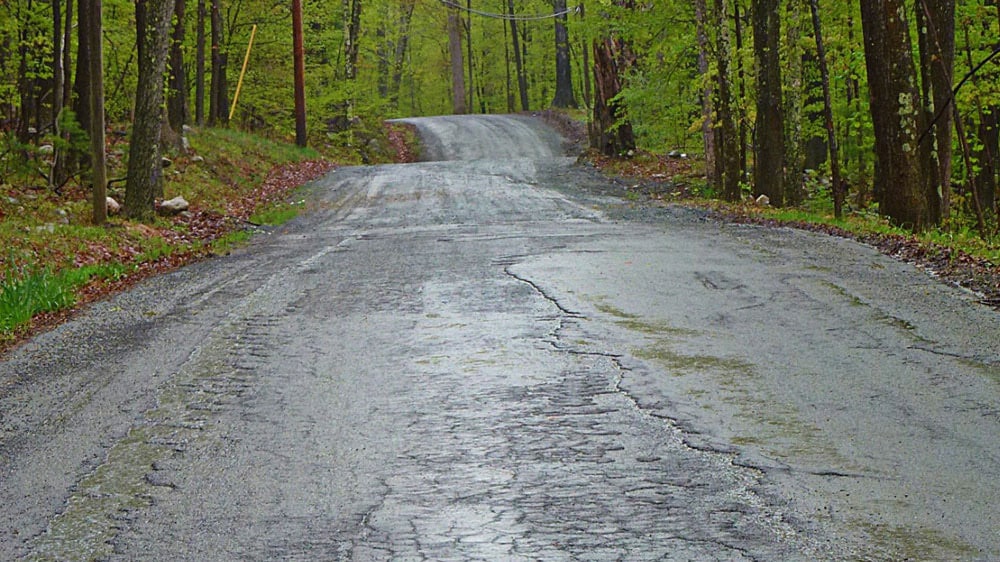
General practise states that the strength of subgrade materials are inversely proportional to moisture content (i.e. the higher the moisture content, the lower the subgrade support). Given the length and potential variability of subgrade moisture conditions over a road section, designing for a predicted moisture content can be both difficult and inaccurate. This is due to a number of common underlying factors including:
So as to account for this uncertainty and relative variability, Austroads Guide to Pavement Technology: Part 2 outlines presumptive soaking conditions to achieve desired moisture conditions prior to undertaking design subgrade CBR testing. These presumptive values are based on two governing factors including the localised annual rainfall and judgement given to the drainage conditions, ranging from poor to excellent and a soaking condition from ‘unsoaked’ to 10-day soaked.
Whilst this method prescribes a period of soaking for the CBR testing, benefit exists in developing an understanding of insitu moisture fluctuations with respect to the aforementioned drainage factors.
Current methods employed to account for differential moisture contents including ‘seasonal’ design procedures, particularly in locations affected by significant seasonal moisture variations. This method adopts both a ‘best’ and ‘worse’ case subgrade support to determine the number of standard axle repetitions and calculate a cumulative damage factor less than one to achieve the nominated design life.
Alternative methods have been proposed adopting a more empirical method using site specific moisture contents measured at varying intervals along the existing or proposed alignment using field testing and developing CBR-moisture content regressions, however this believed to be under refinement.
For more information on Global Road Technology or Moisture Contents affecting the Design Subgrade CBRs please Contact Us.
Are environmental regulations, health and safety concerns or potential profit loss a concern right now?
Contact Us Now